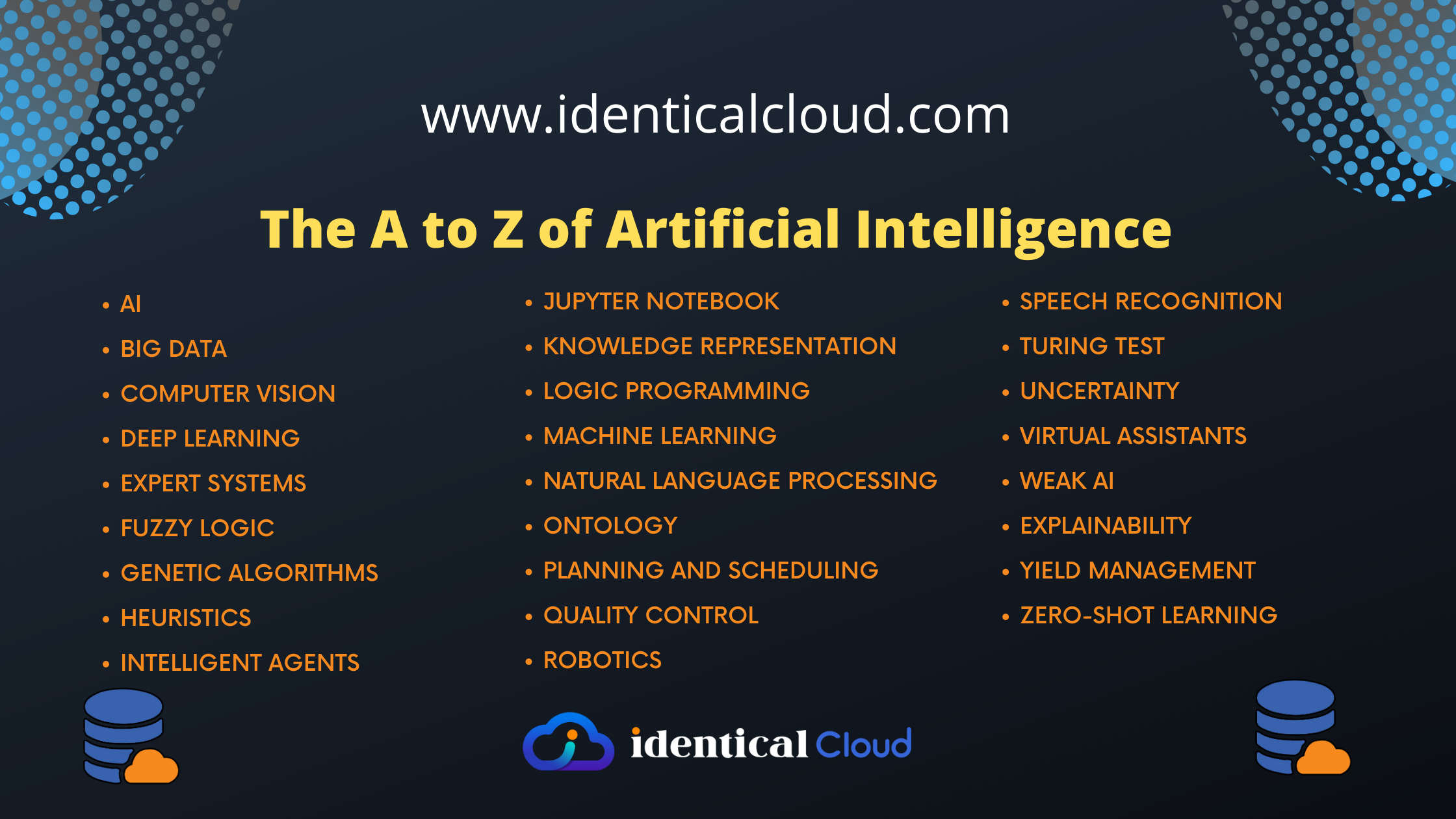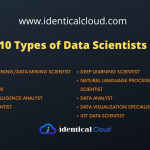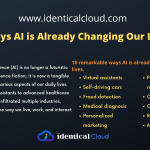
The A to Z of Artificial Intelligence
The A to Z of Artificial Intelligence
Artificial Intelligence (AI) is a field of computer science that focuses on developing machines capable of performing tasks that typically require human intelligence, such as visual perception, speech recognition, decision-making, and natural language processing. AI has the potential to revolutionize the way we live and work, and its impact is already being felt across many industries, from healthcare and finance to manufacturing and transportation.
To help understand the complex and rapidly evolving field of AI, we’ve put together “The A to Z of Artificial Intelligence.” This comprehensive list of key concepts, terms, and technologies related to AI is presented in alphabetical order from A to Z, providing a brief description of each term or concept.
List of The A to Z of Artificial Intelligence
A – AI: Short for “Artificial Intelligence,” the field of computer science that focuses on developing machines that can perform tasks that typically require human intelligence.
B – Big Data: The massive amounts of data that are generated every day, which can be analyzed and used to train AI systems.
C – Computer Vision: The field of AI that focuses on enabling machines to interpret and understand visual information from the world around them.
D – Deep Learning: A type of machine learning that uses neural networks with multiple layers to learn increasingly complex patterns and representations.
E – Expert Systems: AI systems that mimic the decision-making abilities of a human expert in a particular field.
F – Fuzzy Logic: A type of logic that allows for imprecise or uncertain reasoning, often used in AI systems that deal with uncertain or incomplete information.
G – Genetic Algorithms: A type of AI algorithm inspired by natural selection, which can be used to optimize complex systems.
H – Heuristics: A problem-solving approach used in AI systems that involves using rules of thumb or educated guesses to make decisions.
I – Intelligent Agents: AI systems that are capable of autonomous decision-making based on their environment.
J – Jupyter Notebook: A popular tool used in the development and training of AI models, which allows for interactive coding and data analysis.
K – Knowledge Representation: The process of encoding knowledge in a format that can be used by AI systems.
L – Logic Programming: A type of programming that uses formal logic to represent knowledge and solve problems.
M – Machine Learning: A type of AI that involves training machines to learn from data, rather than being explicitly programmed.
N – Natural Language Processing: The field of AI that focuses on enabling machines to understand and generate human language.
O – Ontology: A formal representation of knowledge that can be used to enable intelligent reasoning and decision-making.
P – Planning and Scheduling: AI techniques used to generate plans or schedules that can be executed by machines.
Q – Quality Control: The use of AI systems to improve the quality of products or services.
R – Robotics: The field of AI that focuses on the development of robots and other physical machines that can interact with the world around them.
S – Speech Recognition: AI systems that can interpret and understand human speech.
T – Turing Test: A test designed to evaluate a machine’s ability to exhibit intelligent behavior that is indistinguishable from that of a human.
U – Uncertainty: The inherent uncertainty and ambiguity in many real-world problems, which can make them challenging for AI systems to solve.
V – Virtual Assistants: AI systems that can interact with humans to answer questions, perform tasks, or provide other forms of assistance.
W – Weak AI: AI systems that are designed to perform specific tasks or solve specific problems, rather than exhibiting general intelligence.
X – Explainability: The ability of an AI system to explain its decision-making process in a way that is understandable to humans.
Y – Yield Management: The use of AI systems to optimize pricing and inventory management in industries such as transportation and hospitality.
Z – Zero-shot Learning: A type of machine learning in which a model is trained to recognize new categories of objects without being explicitly trained on them.








